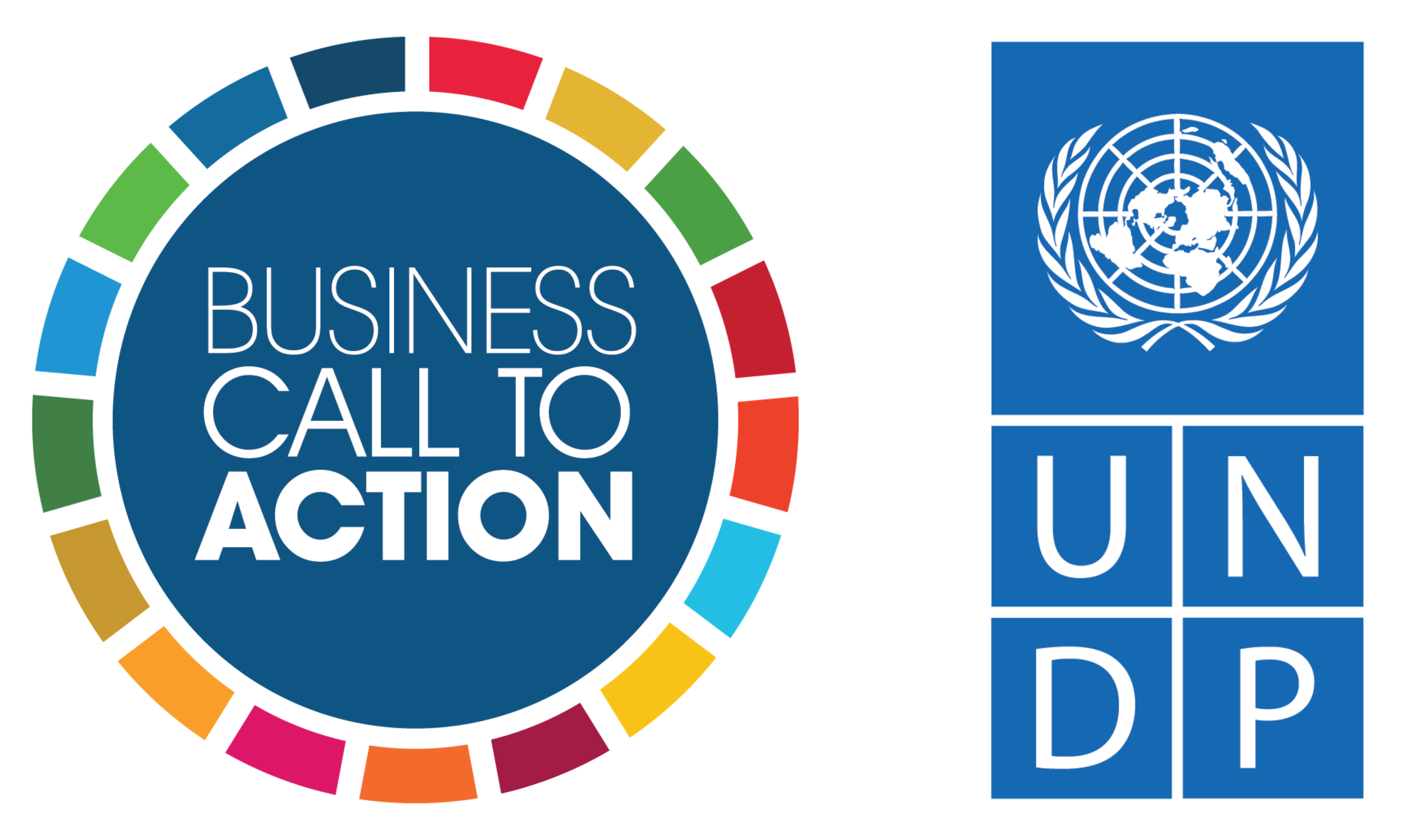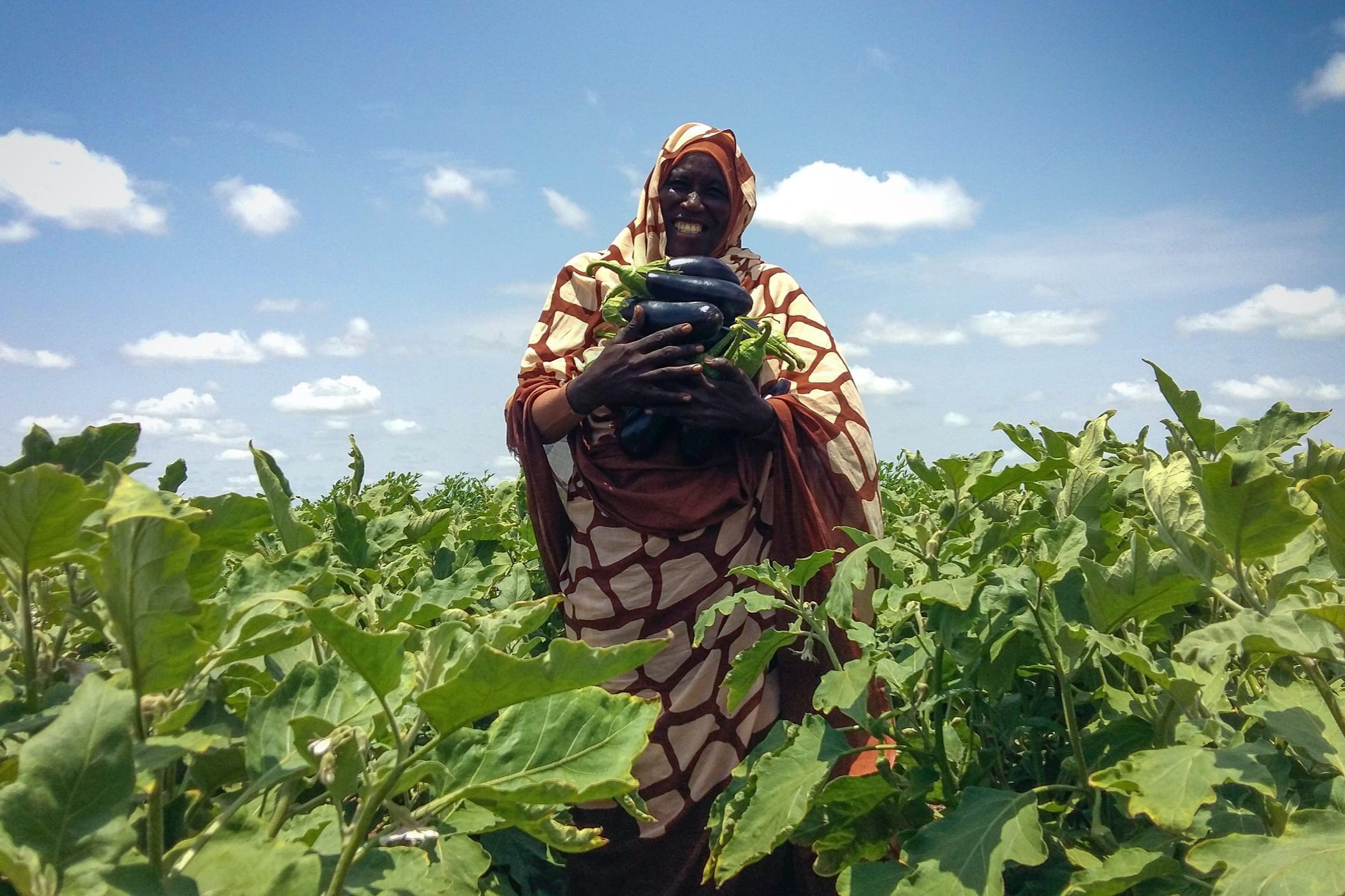Ebdaa Bank: How Impact Measurement and Management training is supporting microfinancing solutions in Sudan
Measuring and managing impact has allowed Ebdaa Bank a better understanding of the needs of their clients, such as farmers, resulting in the bank modifying and introducing new agricultural products based on farmer needs.
Operating with an inclusive business model that supports the development needs of marginalized segments of society and small income-generating entrepreneurs, including women and children, Ebdaa Bank provides sustainable financial services and promotes a culture of microfinance among Sudanese citizens to contribute to the Sustainable Development Goals (SDGs).
Ebdaa Bank partnered with Business Call to Action (BCtA) to receive training through BCtA’s Impact Measurement and Measurement (IMM) service, as part of a partnership between the Arab Gulf Fund Development Programme and BCtA. The partnership aims to support and train 2,000 SMEs in impact management via a train-the-trainers model, delivered through state-based microfinance institutions such as Ebdaa Bank, in order to facilitate knowledge-sharing and extend the reach of IMM services to other financial institutions in Sudan.
BCtA spoke with Nuha Elzain, Research, Development and Partnership Manager at Ebdaa Bank to learn more about the impact of IMM in Sudanese financial services and the impact and methodology behind their work.
What are the main benefits that Ebdaa has obtained from IMM training? What are the practices implemented that have changed the way Ebdaa manages its projects?
Elzain: One of the most important benefits of the training has been to understand the appropriate tools and methods available to analyse and measure the impacts of our projects, which helped us to better manage our resources. One of these tools is creating an Impact Value Chain for our organization, which helped us understand the short-term and long-term impacts of our programs and the linkages of the financial products we offer to our customers with the SDGs.
Another important aspect that we learned is how to monitor and manage our data and specify its sources, whether from internal records or from stakeholders such as customers. Asking the right questions is a great takeaway from the training as well, which helped us get the right data from the right stakeholders and accordingly save our time and efforts.
Overall, managing and measuring our impact has helped us to see a clear picture of the bank’s work and its impact on stakeholders its linkages to the SDGs. It has helped us better engage and involve our stakeholders in the process of measuring the impact.
How has IMM training helped in the development and modification of your internal project management methodology? Has Ebdaa been able to increase its impact?
Elzain: Our internal approach has matured more to better manage our resources (human or financial resources) through developing measurable indicators that would help us measure our impact. This is done though setting targeted value for our indicators and comparing it to the current value. This helped us understand our position in achieving our targeted values and gave us an indication of the effectiveness of the current projects and if there is a need to introduce new ways/programs to increase our impact. For example, as we have to increase the productivity of one acre of peanuts by distributing loans to farmers, we must monitor the current reference value of production and set the target value to that which we want to achieve. Following this process helped us in setting the reference value for each of our goals that we want to achieve for our loans, savings and financial education operations. Thus, it facilitates the process of tracking our results.
In general, we developed the process of assessing the success of our projects by analysing and measuring impact on our stakeholders (mainly our clients), and not only by checking the achievement of our goals. For instance, we used to look into the number of loans distributed to farmers, and now we are looking into the positive and negative impacts and changes experienced by these farmers due to these loans, and how much change has affected them and their families.
How have you been able to communicate the concept of managing and measuring impact to customers in a simplified way to encourage them to analyse and increase their impact?
Elzain: The concepts of impact management and measurement are communicated to our clients by contacting them through our field officers who are properly trained on this concept by the BCtA team. We visit them in their locations and use simplified local languages to communicate the information. The main messages that we are sure to deliver is to look at the results of their projects and what changes have occurred due to continual engagement with their main beneficiaries, exploring these changes, their expectations and if these expectations were achieved or not.
How has managing and measuring impact allowed Ebdaa to assist its customers in overcoming challenges in their businesses?
Elzain: We have seen this in agricultural finance (where the Bank finances agricultural projects). The bank was focused on financing farmers, with minimal attention to the impact of these loans on the lives of farmers and their families. However, after being engaged in the impact management process and understanding the needs of the farmers, the bank modified and introduced new agricultural products based on their needs. These products included technical packages, improved seeds, along with the provision of new ‘modern’ agricultural services such as machinery, which has led to an increase in the amount of production of peanut crops from 800 kilograms to 1,400 kilograms.
This has increased the positive impact of these farmers and improved their incomes, which has led to saving part of their income using the bank’s saving and investment accounts. This has also led to an increase in the financing portfolio of the bank, thus supporting other projects in different sectors as well.
This has shown that evaluating our impact led to a change in the way we manage our projects and to introduce new products/services to better meet our stakeholders’ needs. This not only leads to enhancing your stakeholders’ situation but also impacted our financial situation and our ability to widen the umbrella of our customers and serve more companies.
The other example is related to a product called Somoud. This product focuses on financing young shepherds and buying several sheep from them to increase their weight following the traditional methods of fattening before selling them in the local markets. However, after measuring the impact of this project and analysing the impact value chain, it was clear that the traditional methods of fattening were not achieving the required impact and financial returns. Accordingly, some services and modifications were introduced to better manage the project; modern scientific methods of fattening were introduced in collaboration with veterinary services, following approved scientific guidelines and processes. Since then, the product has become more competitive in the global market, by meeting the international standard weight of sheep. After one year, the living standards and returns of the shepherds have increased.
About Ebdaa Bank:
Ebdaa Bank for Microfinance is a private joint-stock company established in Sudan through a partnership agreement between the Arab Gulf Fund for Development (AGFUND), the Islamic Development Bank - Jeddah, the Commercial Farms Bank, the Export Development Bank - Sudan, the Sudanese Microfinance Development Company, and other shareholders from the Sudanese and Arab private sectors. Ebdaa Bank was registered as a private joint-stock company and was approved to operate by the Central Bank of Sudan in December 2013. The Bank commenced its operations in January 2014.
By providing comprehensive and sustainable financial and non-financial services that suit the needs of marginalized peoples and small business owners in Sudan, Ebdaa Bank increases the productivity of small enterprises and supports their owners (especially women) while improving the social and economic living standards of people with limited incomes.
Ebdaa’s Bank of Innovation was established in Sudan through a partnership agreement between the Gulf Program Arab Bank for Development and the Development Bank of Syria and shareholders from the Arab and Sudanese private sector in 2013. Ebdaa Bank serves about 25,000 customers in its Sudan branch, working in various sectors, most notably the agricultural sector, services, and the small industries sector.

